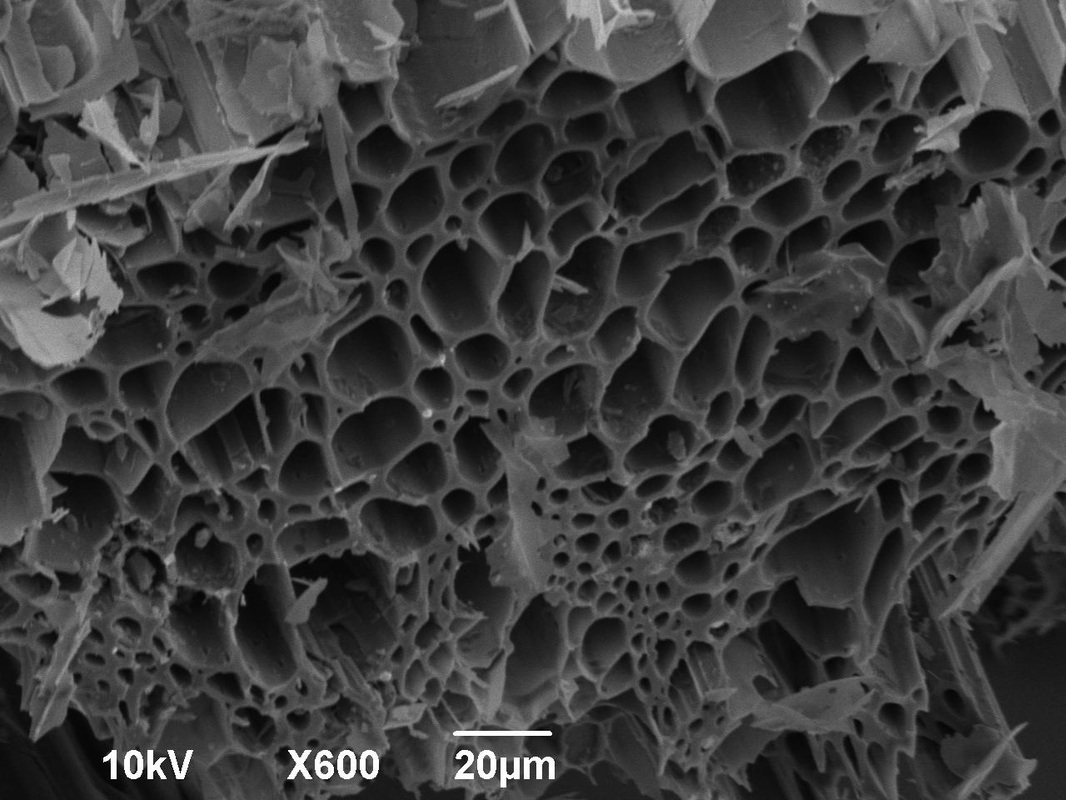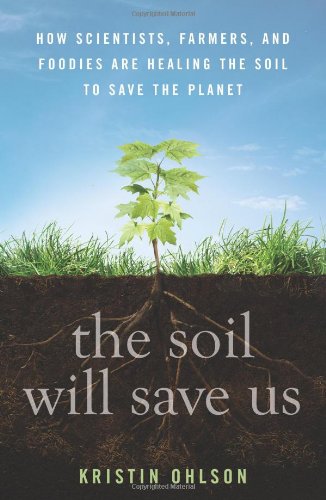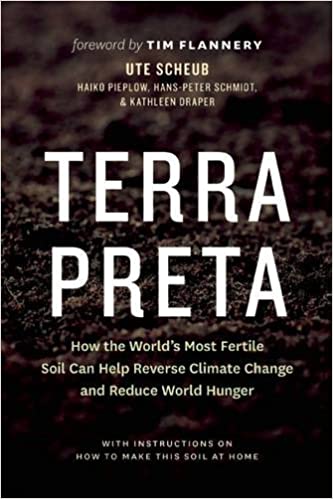Quote:
==================================
Originally Posted by
Antler Dirt John
You might be referring to "improving" 1 to 3 inches of existing top soil to some degree but you should clarify that you are not claiming to build 3 inches of topsoil in 3 years. Work with log landings, destroyed soils from pine timber plantations, low ph hardwood ridges of stone and little organic matter and no top soil. You refer to speakers who are discussing improving soils already in production which is noble and important. Many of our customers are right there and are succeeding with our product but many more are starting with soils that wont grow rag weeds or wont germinate seed or hold water, we are succeeding with these plots and fields as well.
==================================
I have no affiliation with nor promotion of biochar because at this point it is unfeasible at field scale.
John good points....do realize that most of these speakers started with highly degraded soils and ecosystems.
John, I wish you were at the Southern Soil Health meetings in Ardmore earlier this week....you would have gotten some great ideas and made some contacts which might increase Antler Dirt penetration further into the ag sector.
The Mossy Oak property in the black belt MS area purchased and regenerated by Allan Williams is a prime example of a degraded ecosystem and degraded fields....it is now a dual grass fed beef operation and wildlife/hunting enterprise....average antler score jumped from 120s to 170s....ask Allan for yourself and watch his videos to understand the process!
Yes, there are 'deer people' floating around at these meetings....Darin Williams (KS) is one who started his mixed cover crop/soil health journey in deer food plots before applying that field scale. He makes a deer plot mix and markets it through Green Cover Seed.
John Heerman (Haxton CO) is using 40 lb/ac of pelleted compost (Royal Organics out west I believe) mixed with seed in his air drill....his soils are degraded and a very low rainfall area to boot.
Some discussion of Quorum Sensing was also done at the meeting.
https://en.wikipedia.org/wiki/Quorum_sensing
The bottom like here is that these folks ultimately are increasing the Brix content of forages, crops, and cover crops to very high levels. A high level of plant Brix is what makes grass finished beef possible and deer with larger antlers possible on a low budget and in a sustainable fashion...simply by amplifying and balancing the soil microbial community.
I did address the comment you made above earlier, "IF you have lifeless soil....or terribly abused lifeless soil...then yes AEROBIC compost or compost tea...may be your ticket for faster soil health turnaround!"
I consider Antler Dirt to fall more in the 'compost category' than in the 'fertilizer category'....simply because you are purporting it as a 'soil microbial stimulant/inoculant'.....as it should be! The NPK content of AD is irrelevant to me (as is the NPK content of manure, irrelevant). The on-site delivery of an organic product with viable aerobic microbes (bacteria, fungi, protozoa and nematodes) is much more important to soil health improvement. I would like to know what the ratio of total fungi : total bacteria is in AD...normally? Can you tweak the compost feedstock to customize AD for producers who either need higher or lower fungi ; bacteria ratios?...specific types of fungi? One needs to look at what is in the soil first to determine the direction to go with compost! Think beyond humus...which is only 1 part of the equation!
Quote:
==================================
Absolutely correct. But most food plots are eaten bare and leave little for the soil and many food plotters do not have the means to crop like that. If you dont have the matter to give back in crop form then you need to feed. Feed the soil with compost and build healthy soil or feed the crop with fertilizers and continue taking from the soil and getting less than desired results.
==================================
I agree in part to this...but...a big part of not having the 'means to do this' is a mental problem (mental compaction which is resistance to changing the mindset).
The folks who are adamant about soybeans and clovers and brassicas in plots without regards to the importance of grass crops are the ones who will continue to be reliant upon inputs and unable to wean themselves off of inputs (either synthetics or AD). IT is incredibly easy to incorporate grass crops with the above crops which deer won't decimate and provide ample residue for building a functional soil compost factory...and have a dynamite food plot! Food plots getting pounded to the ground are mainly an animal density issue...which is fairly easy to resolve...choot em!
The bottom line question which folks need to ask themselves....Do want to become independent with a soil working for you?....or continually dependent upon others to provide (sell) inputs to you?
That is all the time I have this week....thanks for the discussion! I'm not arguing or trying to change minds...just trying to teach people to think differently about the same observations we each make on a daily basis. Keen observation and proper intuitive thought is a big key to forward progress with soil health and a better quality of life for the land steward!
Best wishes in 16,
Doug
+




